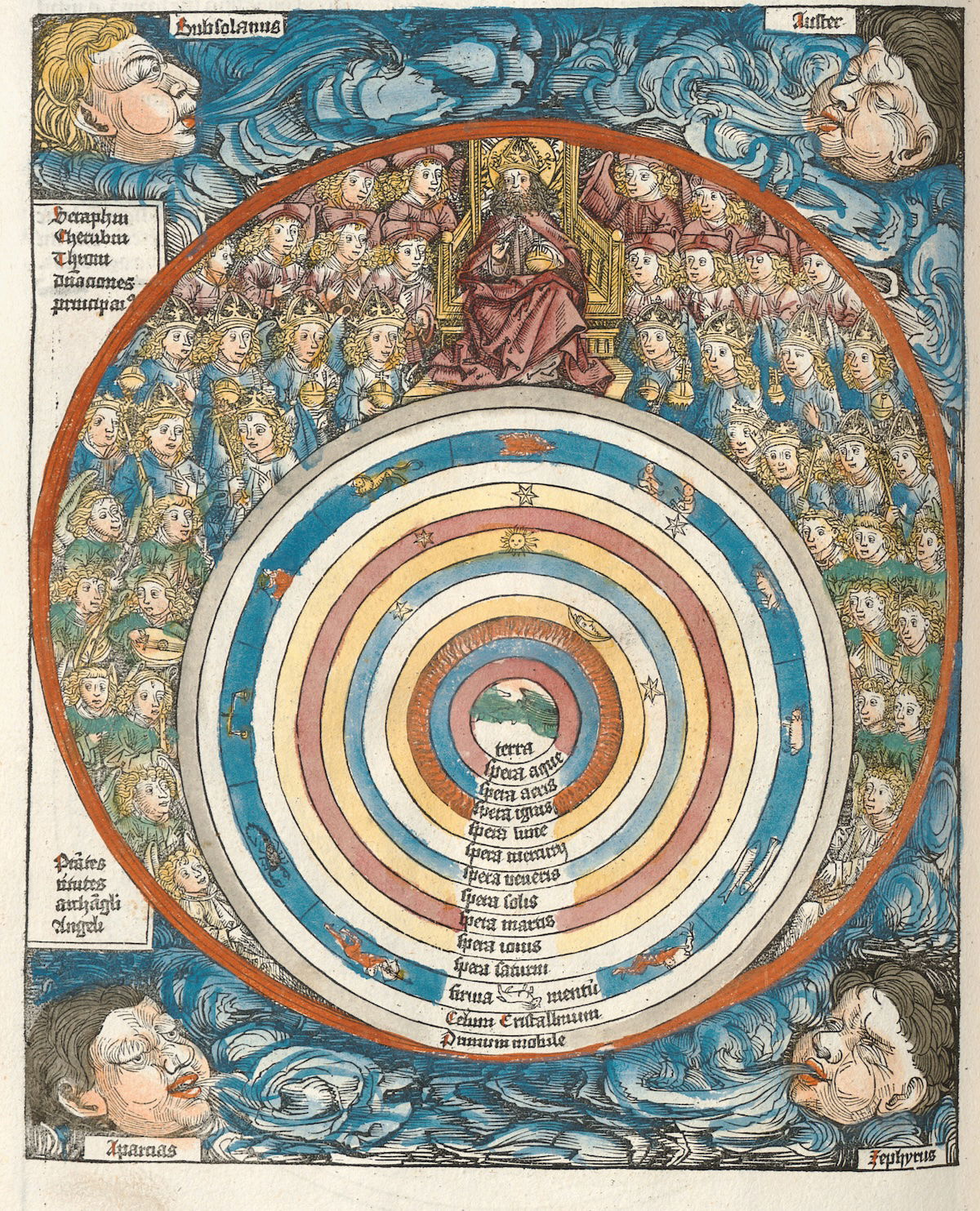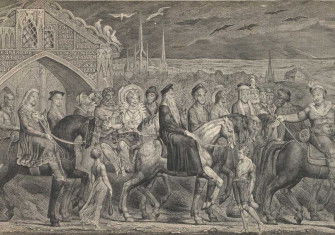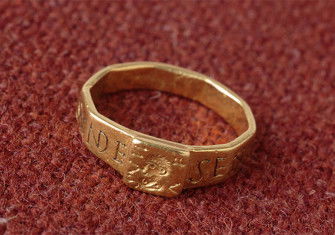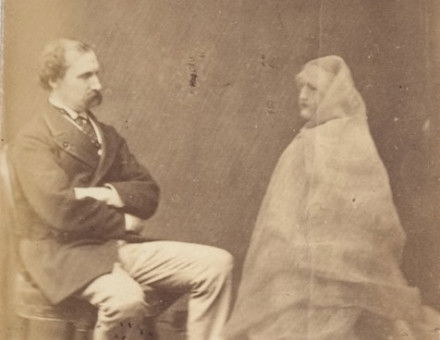The Real Middle Earth
Though its meaning may have shifted over the centuries since its Anglo-Saxon origins, ‘middle earth’ is far from fantasy.

One of the most engaging books I have read this year is A Little Learning: A Victorian Childhood, by the novelist Winifred Peck (1882-1962). Looking back from the 1950s, Peck describes her education at a number of different schools in the last decades of the 19th century – a time when the opportunities available to women, and ideas about how girls should be educated, were changing very rapidly.
Though she came from a scholarly and successful family (her father was a bishop), Peck’s chequered educational experiences reflect the gendered restrictions of her day. Some of the schools she attended were firmly early-Victorian in attitude, with no aspirations for women beyond demure wives and mothers. Others, more forward-thinking, were beginning to give girls an academic education equal to their brothers, and to fit them for careers in the world. It is astonishing to be reminded how much things changed for women in not much more than a century. Peck was very conscious of the revolution her generation had witnessed.







